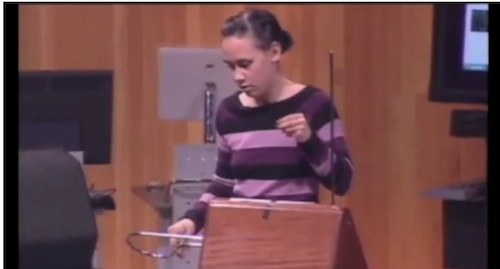George Duke’s Concerto for Christian McBride will premiere at a free UCLA concert that will feature the 67-member Symphonic Jazz Orchestra (LA), conducted by Mitch Glickman. McBride will appear as bass soloist in the new commissioned work composed by composer/keyboardist/producer Duke. The concert will also feature works commissioned by composers Charles Floyd, and SJO conductor Mitch Glickman.
George Duke: “This is without a doubt the most comprehensive symphonic jazz composition I’ve written. It is written for the full breadth of Christian’s talents including upright, fretless and electric basses. My central idea is to allow Christian the freedom to spontaneously create and at the same time have a cohesive composition with the orchestra. The piece includes a standard jazz rhythm section along with a full orchestra. The challenge was to have complete interplay between the orchestra and the jazz trio and allow the bass to speak throughout its range as the dominant soloist and melodic proponent.”
Links: wwwjazztimes.com, Free tickets at www.sjomusic.org


![[Portrait of Teddy Kaye, Vivien Garry, and Arv(in) Charles Garrison, New York, N.Y., between 1946 and 1948] (LOC)](http://farm5.static.flickr.com/4111/4977079666_03c487dae9.jpg)